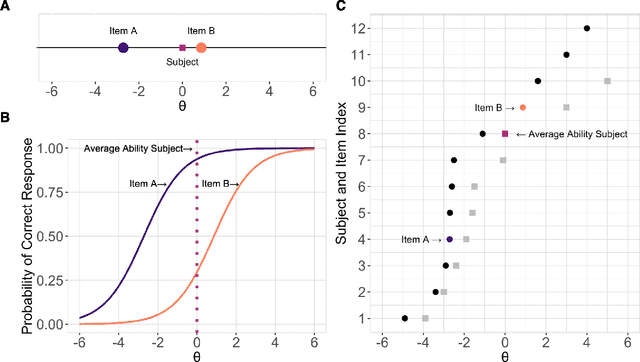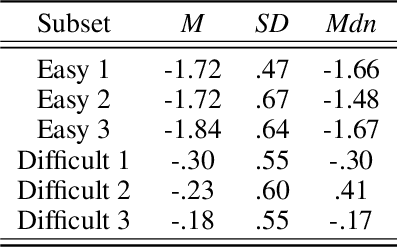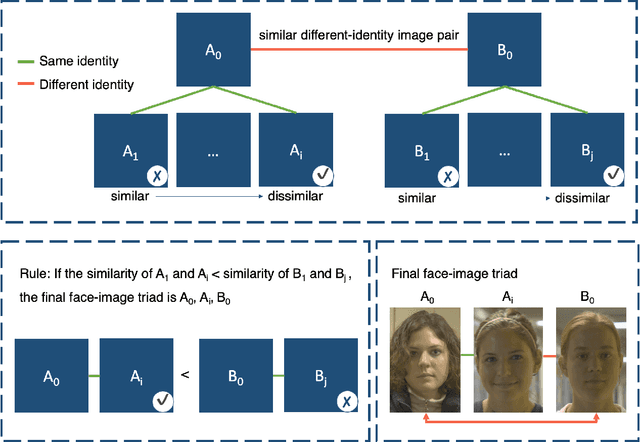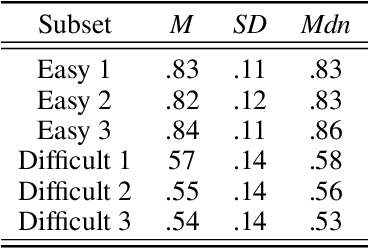Amy N. Yates
Human-Machine Comparison for Cross-Race Face Verification: Race Bias at the Upper Limits of Performance?
May 31, 2023Abstract:Face recognition algorithms perform more accurately than humans in some cases, though humans and machines both show race-based accuracy differences. As algorithms continue to improve, it is important to continually assess their race bias relative to humans. We constructed a challenging test of 'cross-race' face verification and used it to compare humans and two state-of-the-art face recognition systems. Pairs of same- and different-identity faces of White and Black individuals were selected to be difficult for humans and an open-source implementation of the ArcFace face recognition algorithm from 2019 (5). Human participants (54 Black; 51 White) judged whether face pairs showed the same identity or different identities on a 7-point Likert-type scale. Two top-performing face recognition systems from the Face Recognition Vendor Test-ongoing performed the same test (7). By design, the test proved challenging for humans as a group, who performed above chance, but far less than perfect. Both state-of-the-art face recognition systems scored perfectly (no errors), consequently with equal accuracy for both races. We conclude that state-of-the-art systems for identity verification between two frontal face images of Black and White individuals can surpass the general population. Whether this result generalizes to challenging in-the-wild images is a pressing concern for deploying face recognition systems in unconstrained environments.
Face Identification Proficiency Test Designed Using Item Response Theory
Jul 01, 2021



Abstract:Measures of face identification proficiency are essential to ensure accurate and consistent performance by professional forensic face examiners and others who perform face identification tasks in applied scenarios. Current proficiency tests rely on static sets of stimulus items, and so, cannot be administered validly to the same individual multiple times. To create a proficiency test, a large number of items of "known" difficulty must be assembled. Multiple tests of equal difficulty can be constructed then using subsets of items. Here, we introduce a proficiency test, the Triad Identity Matching (TIM) test, based on stimulus difficulty measures based on Item Response Theory (IRT). Participants view face-image "triads" (N=225) (two images of one identity and one image of a different identity) and select the different identity. In Experiment 1, university students (N=197) showed wide-ranging accuracy on the TIM test. Furthermore, IRT modeling demonstrated that the TIM test produces items of various difficulty levels. In Experiment 2, IRT-based item difficulty measures were used to partition the TIM test into three equally "easy" and three equally "difficult" subsets. Simulation results indicated that the full set, as well as curated subsets, of the TIM items yielded reliable estimates of subject ability. In summary, the TIM test can provide a starting point for developing a framework that is flexible, calibrated, and adaptive to measure proficiency across various ability levels (e.g., professionals or populations with face processing deficits)
 Add to Chrome
Add to Chrome Add to Firefox
Add to Firefox Add to Edge
Add to Edge